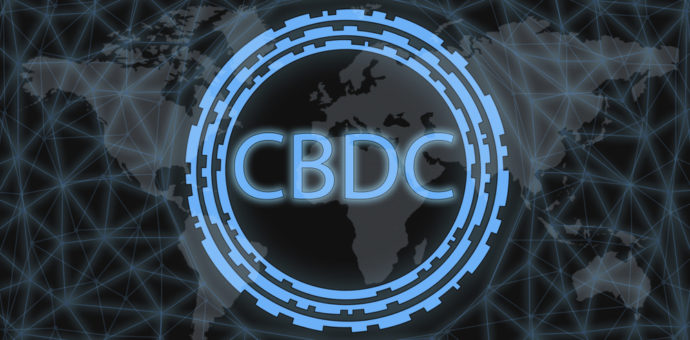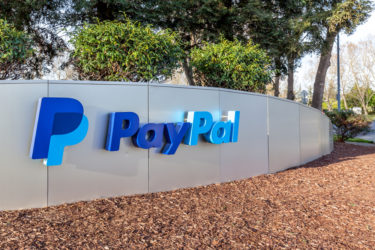According to Tommaso Mancini-Griffoli, deputy head of the IMF’s division in the Department of Money and Capital Markets, the digital currencies backed by a central bank’s liabilities but issued with the help of a private entity, the so-called synthetic CBDCs, can serve as reliable means of payment by giving the private sector greater competitiveness.
A synthetic CBDC – Central Bank Digital Currency – as described by Mancini-Griffoli, is practically a public-private partnership. The idea is for a licensed eMoney provider to store clients’ funds in a central bank and in return receives a central bank liability that they can package in a publicly negotiable stablecoin backed by central bank reserves.
For Mancini-Griffoli, in an article published on Coindesk, the main benefit of a synthetic CBDC compared to a traditional CBDC – that is, where the central bank is responsible for the entire operation of a digital currency – is its space for monetary innovation within the limits of a safe and well-regulated environment, he said. On the other hand, the idea of a traditional CDBC can be very expensive and risky for a central bank, as well as hindering innovation.
Other central banks also discussed the possibility of a role for private companies in defining a CDBC. The Bank of England (BoE) suggested that there could be areas where a company would be better positioned to offer its own monetary solution to customers, as opposed to the central bank itself.
Even China, a major critic of the Libra initiative, supported by Facebook, has assigned a role to a select group of private entities regarding its sovereign digital currency. The Agricultural Bank of China, for example, as well as Alibaba and Tencent, will contribute to the issuance of the digital yuan.
Synthetic CBDcs allow central banks to focus on supervision
But the main aspect of synthetic CBDCs, in the IMF’s view, is that it delegates most of the key functions of a CBDC to the private sector. With this, the central bank would focus only on areas where it offers tangible value: namely, the regulatory oversight and settlement.
By offering wholesale responsibilities, all other functions in which the private sector traditionally excels, such as customer management, customer screening, and even CBDC’s own technical design, can be effectively outsourced.
However, there are still some issues to be resolved. The main one is how will be the relationship between the public and private sectors. Would a central bank ensure that private entities perform due diligence on customers and provide information on what the technical design of the token should look like?







